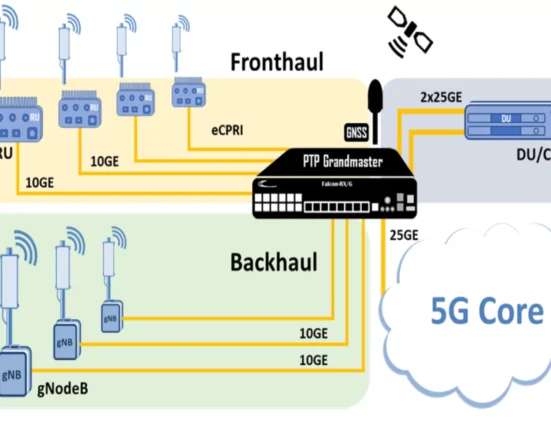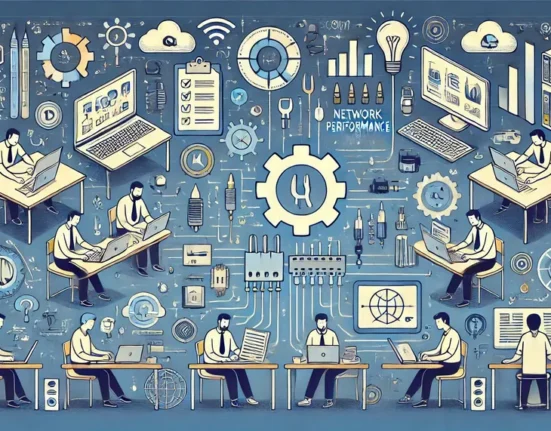Before we discuss the digital changes taking place in rural areas, let us know a few things about FinTech. What is FinTech?
The term fintech was first coined by a New York banker in 1972, meaning financial technology.
According to the National investment promotion & facilitation agency, India’s Fintech adoption rate is found to be 87% which is the highest in the world.
India is 3rd largest fintech ecosystem globally.
Now let’s go back to the rural areas, where agriculture, fisheries, mining, cottage industries, pottery, etc. Primary work is done, most of the farmers live in these areas,
According to the Yojana Aayogh, the decisions of all cities with populations of more than 15000 which are considered to be rural in nature are taken by the Panchayat system.
How has fintech changed the lifestyle of rural areas?
As we know that earlier there was a lot of problem with electricity in rural areas, in some towns and far-flung villages, electricity was stopped for a month during the rainy season, but today the formation of the village has changed, not only electricity but also the internet has also started running at the speed of 5G.
Modern-day villages are using digital payment methods for everything from tea bags to deluxe hotels; we carry our mobiles in our pockets instead of notes and chillers and make payments without any difficulty within a few seconds. Takes it.
AEPS Services Are Used Extensively
It is well known that banking facilities in rural areas are limited, in such a situation, they have little time to go to the bank, as most of the time they are busy farming and running their businesses, nor do they read a lot.
The article mentions that in this situation, customers can go to the Relator stores and E-Mitra shops in the village to withdraw money only from their Aadhar cards, and also transfer the money to their bank. The “Aadhaar Pay” service of AEPS can also be used by the subscriber to pay for their purchases.
Fintech Industry Bringing our financial systems to banking parity between urban and rural customers, local retailer stores are now providing a wide range of fintech services
Digital Banking Facilities In Rural Areas
We can say that with the advent of Fintech, there has been a change in the rural areas at lightning speed. This has affected everything related to payments, money and banking. Daily life has also experienced some changes. When we withdraw money from an ATM, use virtual cards, transfer money through mobile payments, or pay with a digital wallet.
Also, with the introduction of burgeoning technologies, the horizon of fintech is expanding faster than ever. The pandemic has created a huge boom in the fintech market, as both businesses and consumers have embraced payment-less methods such as digital-only banks.
Provides various virtual banking services, e.g., p2p transfers, free transactions, master card and bitcoin Ethereum (ability to buy various crypto-currencies)
Digital banking has brought immense convenience to customers, completely eliminating the need to wait in long queues and physically visit the bank.
Secure And Safe Digital Transactions In A Rural Area.
Many secure and safe transaction methods have been created for digital banking in rural areas such as the biometric security system.
A biometric security system has emerged as a reliable and full-proof method, which takes security to the next level. However, most of the farmers and labourers in villages often have marks on their hands, which is why so many people have biometrics. If it is not possible, an eye scanner
The machine is also being used for them, after scanning it has become possible to withdraw money from the bank account,
Digital Schemes Are Run By The Government In Rural Areas.
Fintech in India KPMG Report Since 2016, SEBI and RBI regulators have been supporting the ambition to make the Indian economy cashless and digital, both through funding and promotion. Some plans have been made for government-mates, like the Aadhaar pension scheme, provident fund scheme, and Jan Yojana Dhan.
Broadband facilities in rural areas through the Digital Village Initiative Scheme (e-Governor), WIFI, LED lighting, tele-education, hotspot, and skill development programs are available.
Through these schemes, we can say that villages have become really smart.
Conclusion
Even today a large part of the country is earning money in cash, and fintech companies are digitizing their cash through various banking-related services, which is very encouraging for our country’s economy.
The fintech industry provides a wide range of services to the customer like Aadhaar Pay, DMT (Domestic Money Transfer), UPI (Virtual Account), and Micro ATM. Fintech customers are availing of cashless and paperless services.
As Fintech industries grow with a powerful future in 2022, we will see their growth accelerate. More than 70% of the Indian population lives in rural areas, where they are now gradually gaining access to basic financial services. We are making every effort to make the entire population of India digitally independent in the near future.
Rohit Sharma is a freelancer blog writer. He loves to explore the small business, finance, Credit and insurance and personal loans. Apart from writing, you can find him analysing new market trends.






